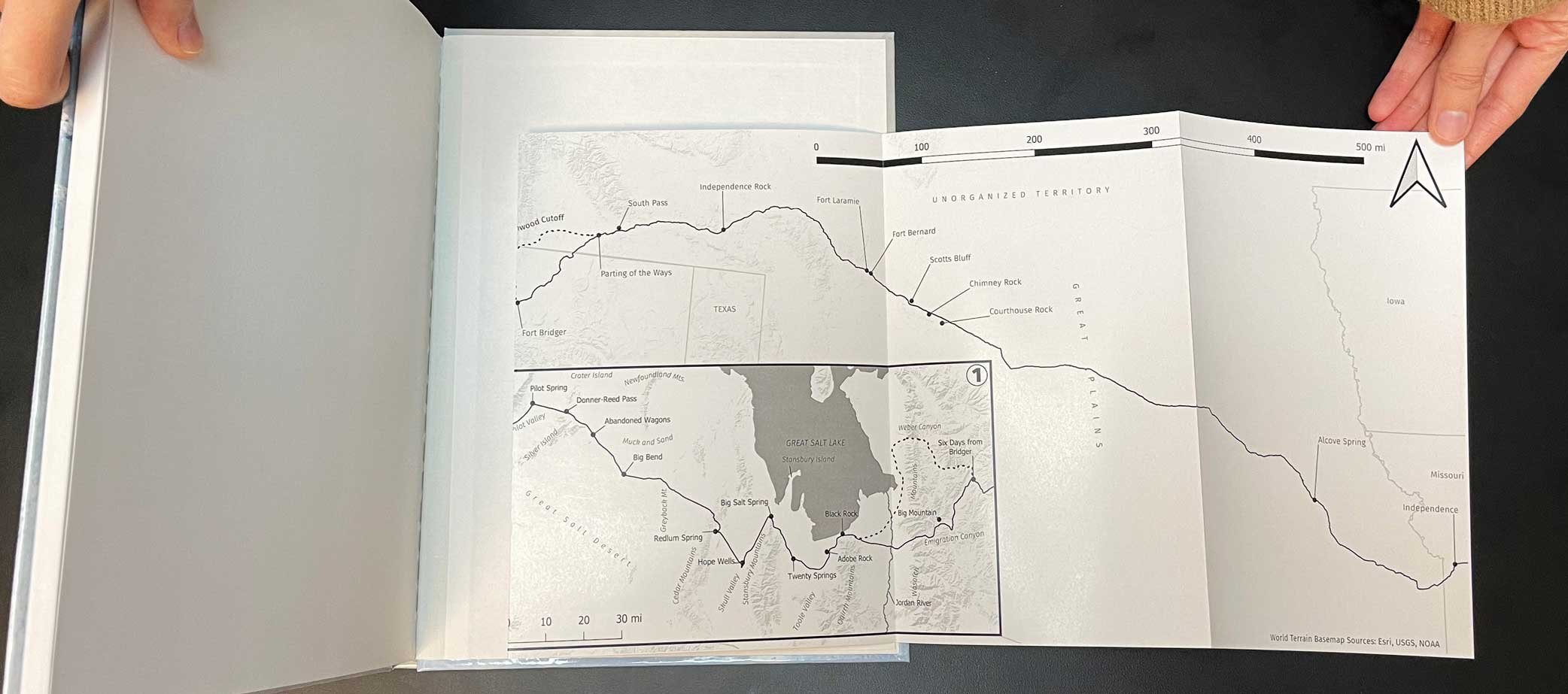
Printing Knowledge:
Understanding Page Inserts
A page insert is a term used in book printing to refer to an additional page or group of pages that are added to a book after it has been printed and bound. This can be done for a variety of reasons, such as correcting errors, adding new content, or including updated information.
Page inserts can be added to a book in a number of different ways, depending on the size and layout of the book and the type of insert being used. In some cases, the insert may be a separate sheet of paper that is inserted into the book using a specialized binding machine. In other cases, the insert may be a foldout page or a set of pages that are bound into the book using a special binding technique.
One of the key benefits of using page inserts in book printing is that they allow publishers to make changes or additions to a book without having to reprint the entire book from scratch. This can save a significant amount of time and money, as well as reduce waste by avoiding the need to dispose of large quantities of outdated or incorrect copies of a book.
Page inserts can also be useful for ensuring that the information contained in a book is up-to-date and accurate. For example, a publisher may choose to include a page insert with updated information in a textbook or reference book, or a novel may include a page insert with a map or additional information about the setting of the story.
Overall, page inserts are an important tool in the book printing process, allowing publishers to make changes and additions to a book after it has been printed, while still maintaining the integrity of the book as a whole.


